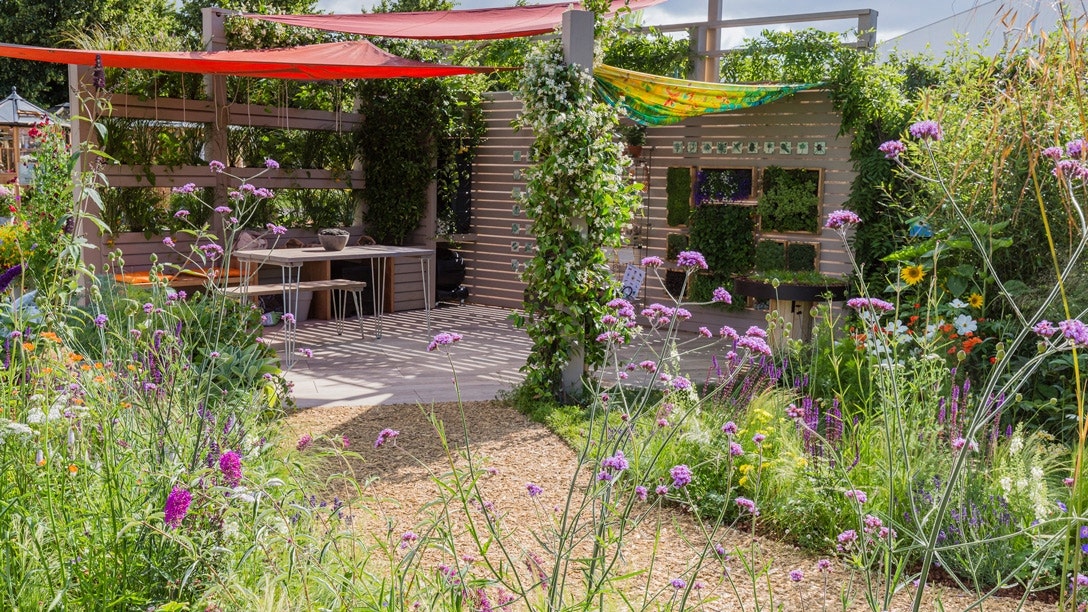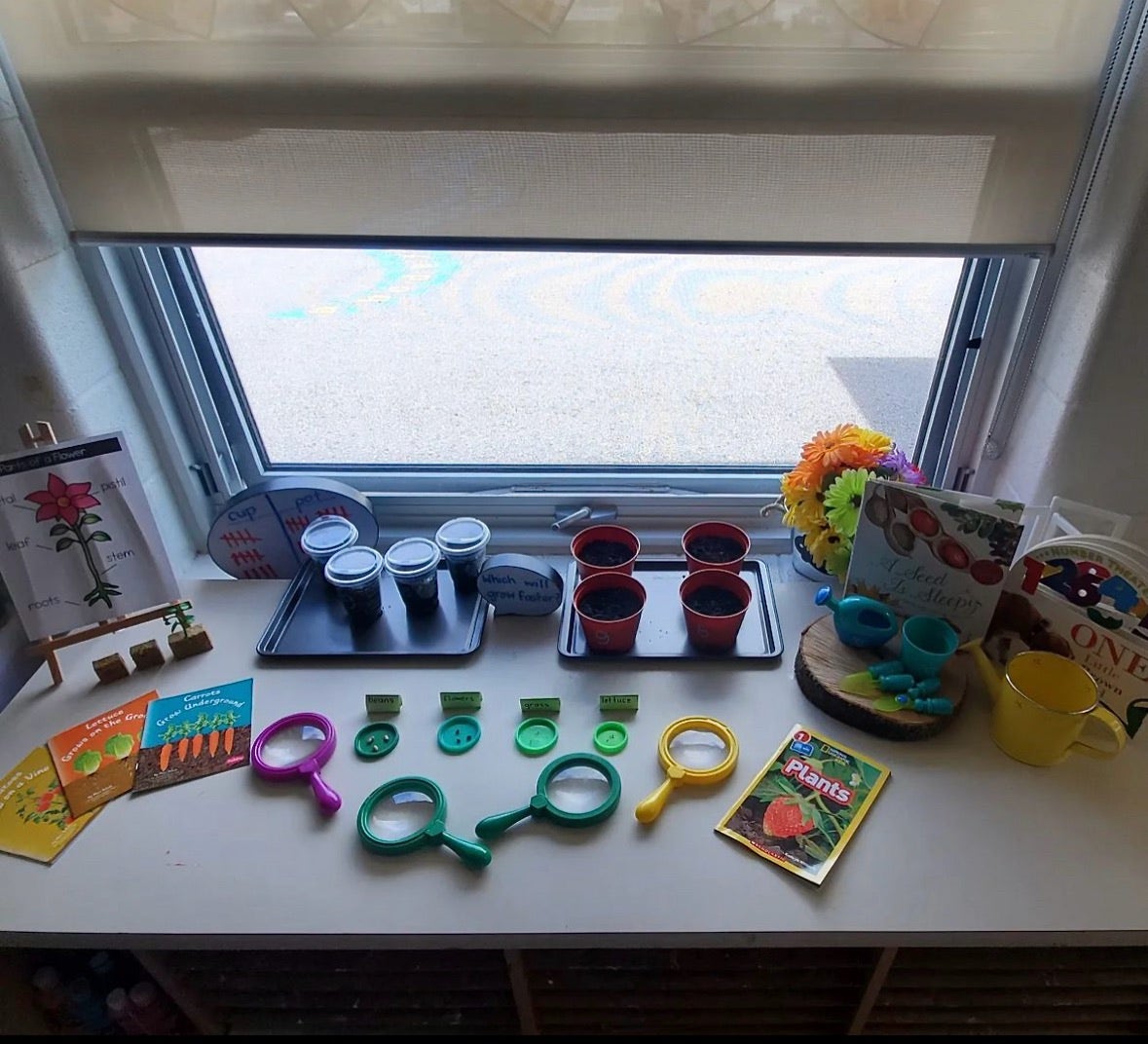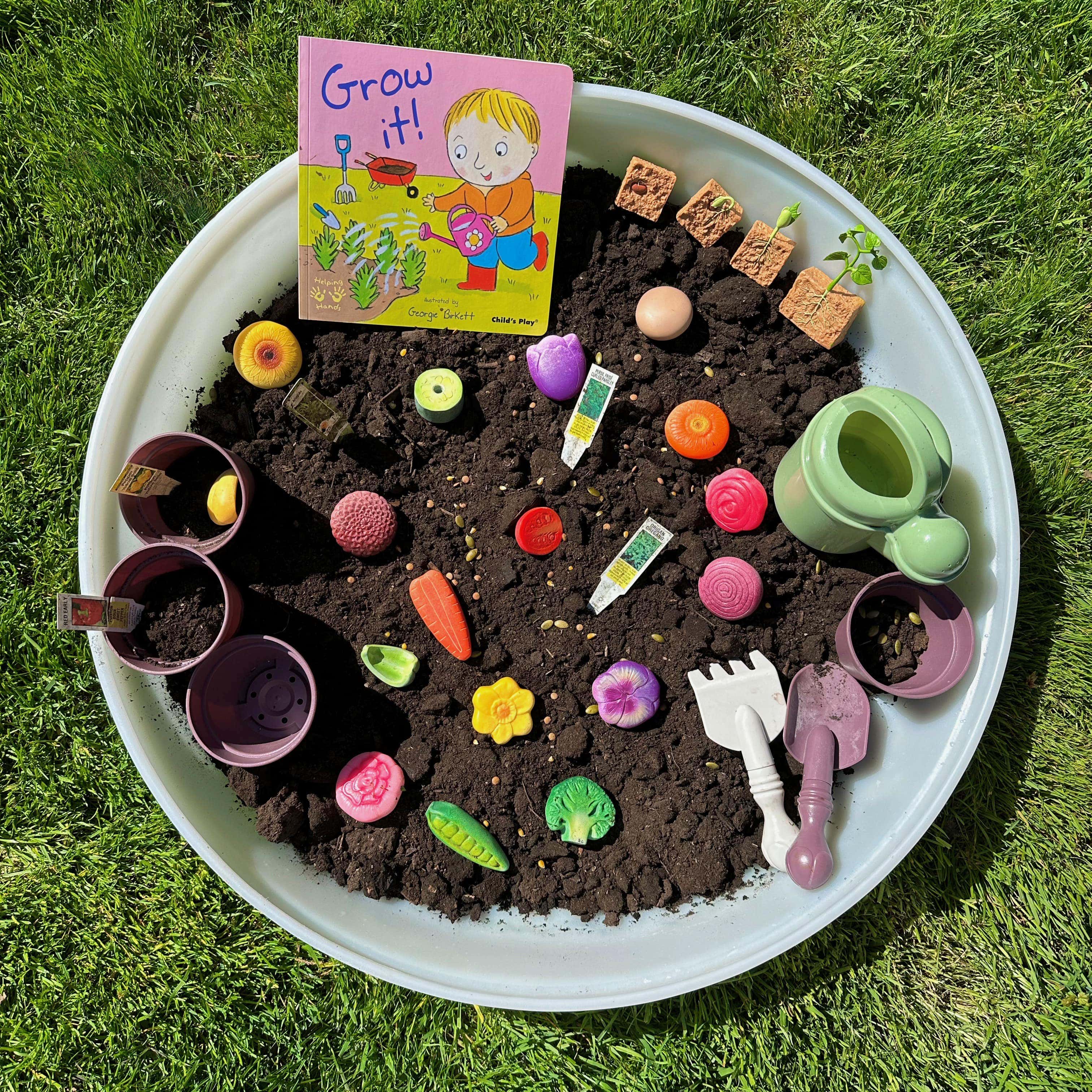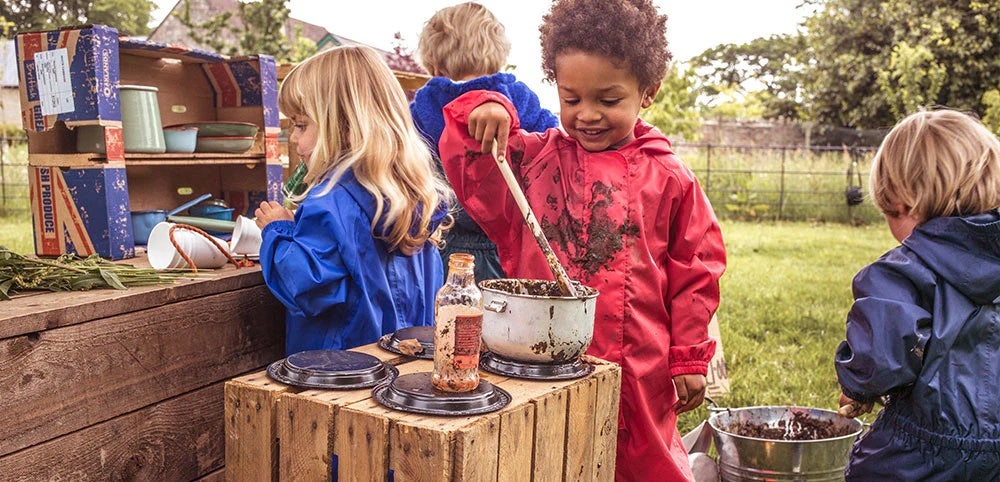

Planting Seeds of Knowledge: Gardening Activities for Early Learners
Gardening is a hands-on, sensory-rich experience that helps children develop a love for nature, curiosity about the environment, and foundational STEM skills. From digging in the dirt to observing how plants grow, gardening provides play-based learning opportunities that nurture early literacy, numeracy, and social-emotional development.
As parents and educators, we can create meaningful outdoor learning experiences by introducing gardening activities that encourage problem-solving, responsibility, and an appreciation for the natural world. Let’s explore why gardening in early childhood education is so valuable and discover simple, engaging activities to get started!
The Benefits of Gardening for Early Learners
Gardening is more than just planting seeds—it’s a multi-sensory, hands-on STEM activity that supports early childhood development in many ways:
Encourages Play-Based Learning
Children explore cause and effect as they plant seeds, water them, and watch them sprout. This interactive, child-led learning approach encourages curiosity and experiential discovery.
Promotes Outdoor Learning & Physical Development
Gardening provides opportunities for fine and gross motor skill development, whether it’s digging, scooping soil, or carefully picking flowers and vegetables. Time spent outdoors also enhances well-being, reduces stress, and supports self-regulation.
Develops Early STEM Skills
Gardening naturally introduces science, math, and engineering concepts such as:
- Science: Learning about plant life cycles, photosynthesis, and soil composition
- Math: Counting seeds, measuring plant growth, and sorting leaves by shape and size
- Engineering: Designing a garden layout and building small structures like trellises
Fosters Social-Emotional Learning
Gardening teaches children responsibility as they care for plants. They collaborate with peers, practice patience, and learn about empathy and nurturing—valuable social-emotional skills that extend beyond the garden.
Encourages Environmental Stewardship
By growing plants, children develop an appreciation for nature and sustainability. They learn about composting, water conservation, and the importance of pollinators like bees and butterflies.
Fun & Educational Gardening Activities for Early Learners
Ready to introduce gardening in your home, classroom, or outdoor learning space? Here are some simple, engaging, and developmentally appropriate activities for young children.
Start a Sensory Garden
Engages children in sensory exploration by introducing different textures, scents, and colours.
What to do:
- Plant herbs like mint, basil, and lavender for touch and smell experiences
- Choose plants with different textures, like soft lamb’s ear or rough sunflower stems
- Include vibrant flowers like marigolds and petunias to explore colours
- Add wind chimes and rustling grasses to stimulate auditory senses
Extend the Learning: Encourage children to record their observations in a nature journal or draw pictures of their favourite plants.




Create a Sprouting Jar Experiment
Introduces the science of germination and teaches cause and effect.
What to do:
- Fill a clear jar with damp cotton balls or paper towels
- Place bean seeds or lentils inside the jar so children can see the growth process
- Place the jar in a sunny spot and water it daily
- Observe how the roots and shoots begin to emerge!
Extend the Learning: Ask children to measure and record plant growth over time using a simple chart.
Grow an Edible Garden
Encourages healthy eating habits and responsibility in caring for plants.
What to do:
- Choose easy-to-grow fruits and vegetables like strawberries, cherry tomatoes, radishes, and lettuce
- Assign children plant-care jobs, such as watering or harvesting
- Encourage taste-testing once the plants are ready to eat!
Extend the Learning: Teach basic cooking skills by using the harvested ingredients to prepare simple snacks, like a fresh garden salad.




Attract Pollinators with a Butterfly Garden
Teaches children about pollination, biodiversity, and environmental conservation.
What to do:
- Plant nectar-rich flowers like milkweed, zinnias, and coneflowers
- Create a butterfly puddling station with a shallow dish of water and sand
- Observe visiting bees, butterflies, and other pollinators
Use magnifying glasses to examine insects up close and discuss their roles in the garden.
Mud Kitchen Planting Station
Combines sensory play, imaginative play, and STEM learning.
What to do:
- Set up a mud kitchen area with small shovels, pots, and soil
- Allow children to pretend-play as gardeners, “planting” seeds and caring for their mud garden
- Add real seeds for an extra layer of learning!
Discuss what plants need to grow, such as sunlight, water, and air.


How to Integrate Gardening into the Early Years Curriculum
Whether in a home setting, preschool, or early learning centre, gardening can be seamlessly incorporated into daily routines and lesson plans.
- Set Up a Gardening Corner: Even a small indoor space with potted plants can provide opportunities for daily observation.
- Use Gardening in Storytime: Read books about plants, gardening, and nature, such as The Tiny Seed by Eric Carle.
- Encourage Garden Journals: Children can draw plant growth or document their findings through pictures and simple writing.
- Incorporate Garden-Themed Arts & Crafts: Create leaf rubbings, flower prints, or plant markers to extend learning through creativity.
Growing a Love for Learning
Gardening is a powerful play-based learning tool that allows children to explore STEM concepts, develop social-emotional skills, and connect with nature. By planting seeds of knowledge in early childhood, we nurture curiosity, responsibility, and a deeper appreciation for the environment.
Encourage children to dig, explore, and experiment in the garden—because every small seed planted today grows into a lifelong love for learning!

